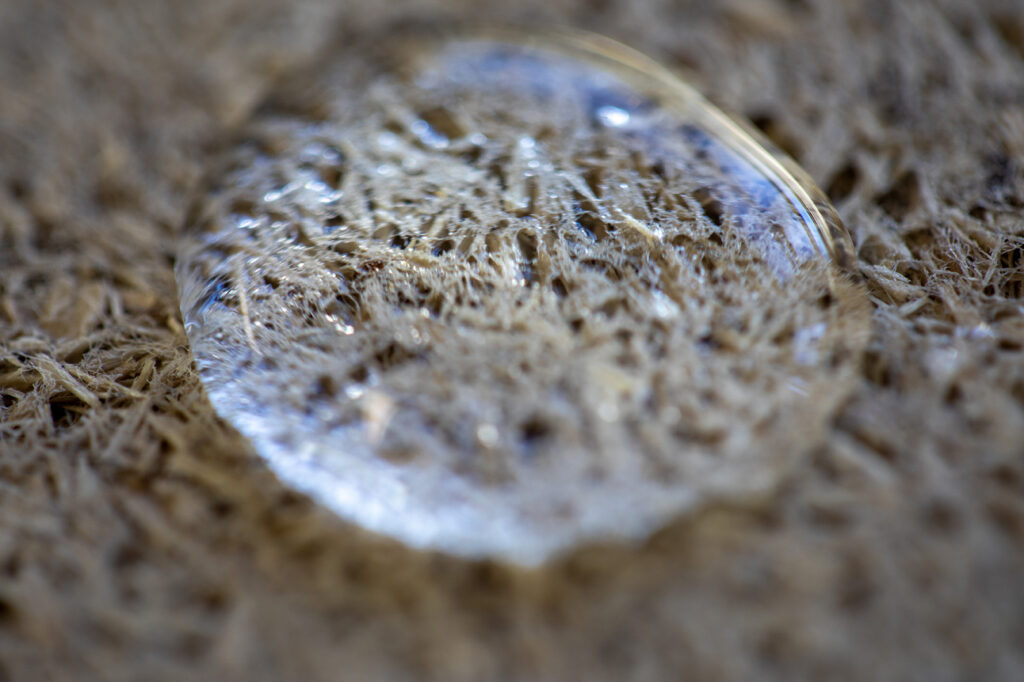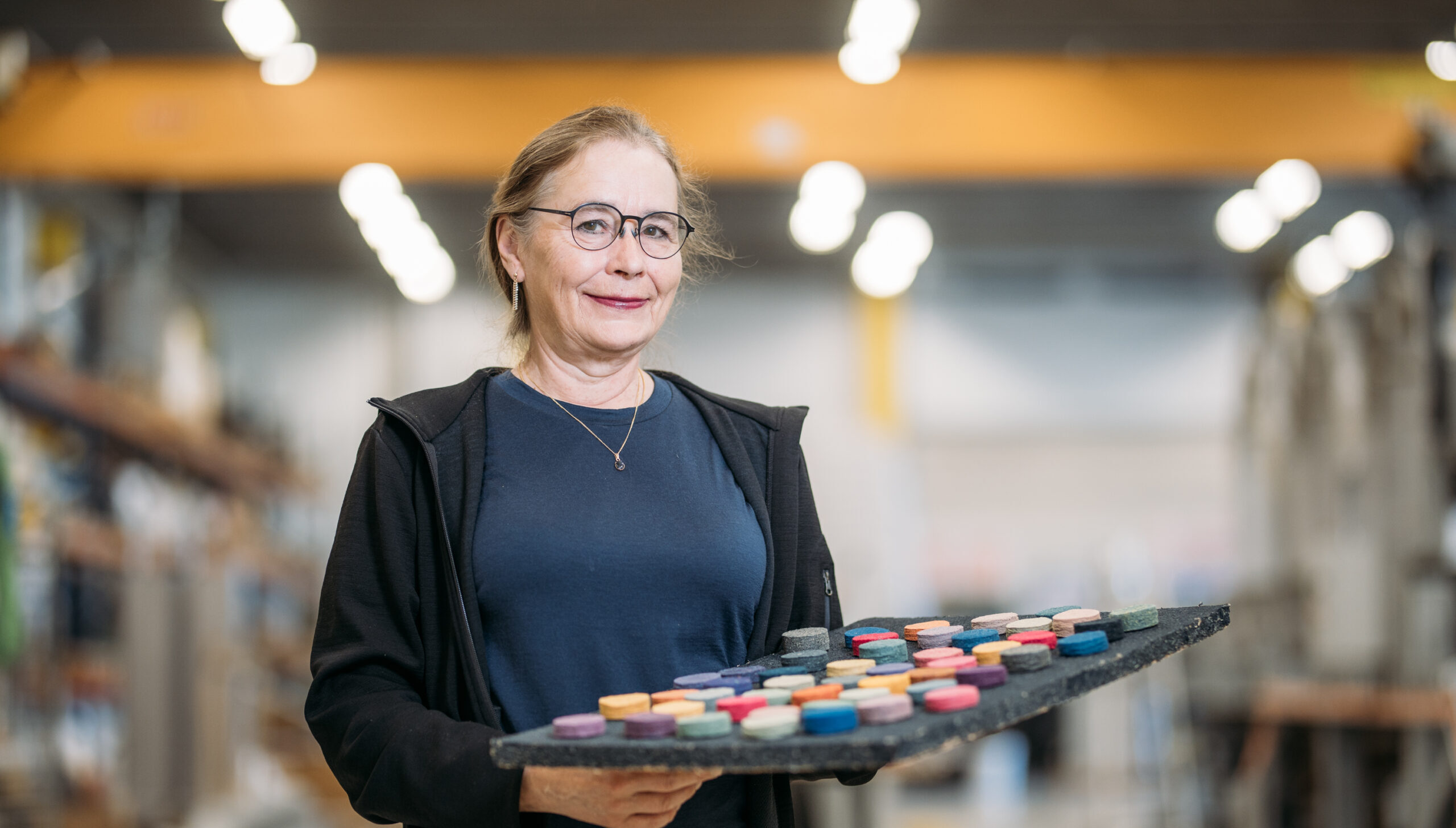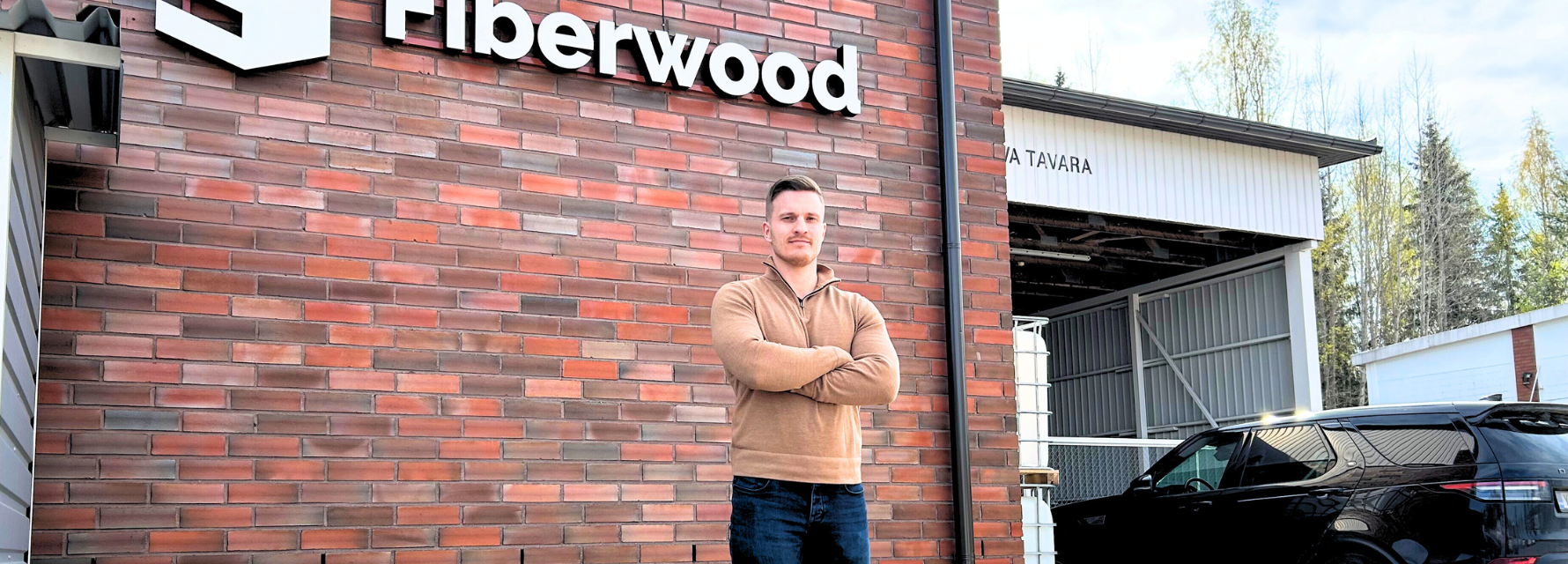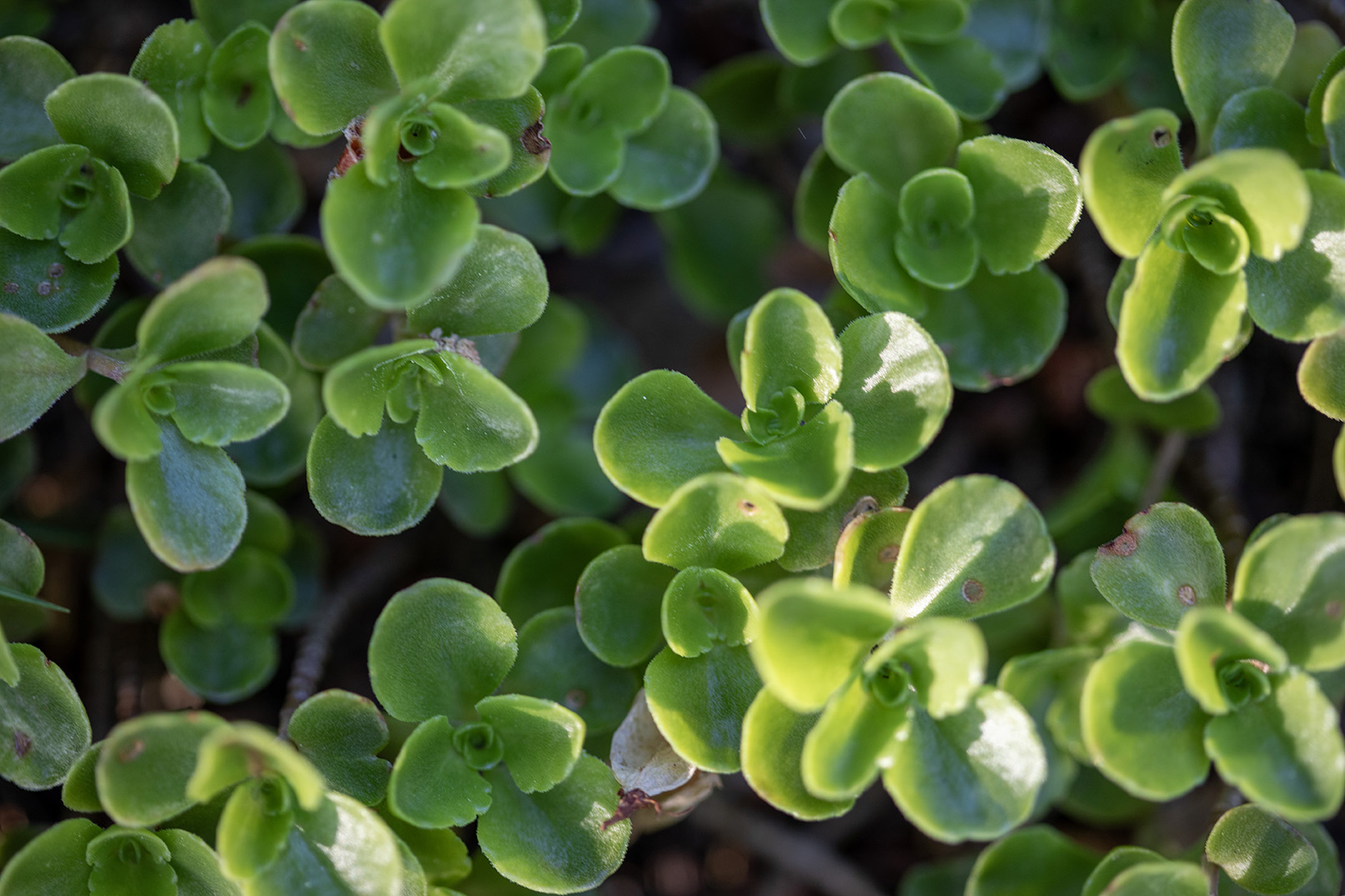The built environment must adapt to a changing climate.
Milder winters, heavy rainfall, sudden temperature shifts and increasing humidity are putting growing stress on buildings. Climate change can no longer be reversed, but its effects must be mitigated.
The EU-funded ILMARA project (Adapting the Built Environment in Kanta-Häme to Climate Change) tackles this challenge head-on. The project seeks practical ways to strengthen the climate resilience of the region’s buildings, energy efficiency, and urban planning. As part of the initiative, Fiberwood is working alongside its partners to test a wood-based element solution that offers a sustainable and low-carbon alternative to conventional building materials.
Fiberwood promotes low-carbon construction
Fiberwood develops building materials based on renewable natural fibres and underutilised side streams from the forest industry. The company aims to help pioneer a new generation of building solutions that advance climate goals across multiple dimensions.
A key component in Fiberwood’s solutions is its wood fibre insulation, which stores carbon throughout a building’s life span while improving thermal performance. The material can be composted at the end of its life cycle without releasing microplastics or harmful chemicals into the environment.
“ILMARA is a great opportunity to deepen research collaboration and evaluate how our fibre-based products perform under future climate stress,” says Kimmo Huttunen, Director of Product Management and Technical Sales at Fiberwood.

Weathering tests under future climate conditions
A central focus of the ILMARA project is testing how well structures and materials withstand real-world climate extremes. Fiberwood’s insulation-based components are currently undergoing exposure tests at Häme University of Applied Sciences (HAMK). The test cycles simulate future weather scenarios such as repeated wetting and drying, as well as abrupt temperature changes.
“These tests allow us to study weather resistance, dimensional stability, and the thermal and moisture performance of our materials—all of which are critical for durability and even indoor air quality,” Huttunen explains. “The goal is to ensure that our materials retain their technical properties and structural integrity even under demanding climate conditions.”
Climate resilience is built through collaboration
ILMARA brings together companies, research institutions, property owners, and users to co-develop climate solutions. In the short term, the project fosters new research insights, proven practices, and stronger collaboration between business and academia. In the long term, it supports regional and local strategies for adapting the built environment to changing climate realities.





